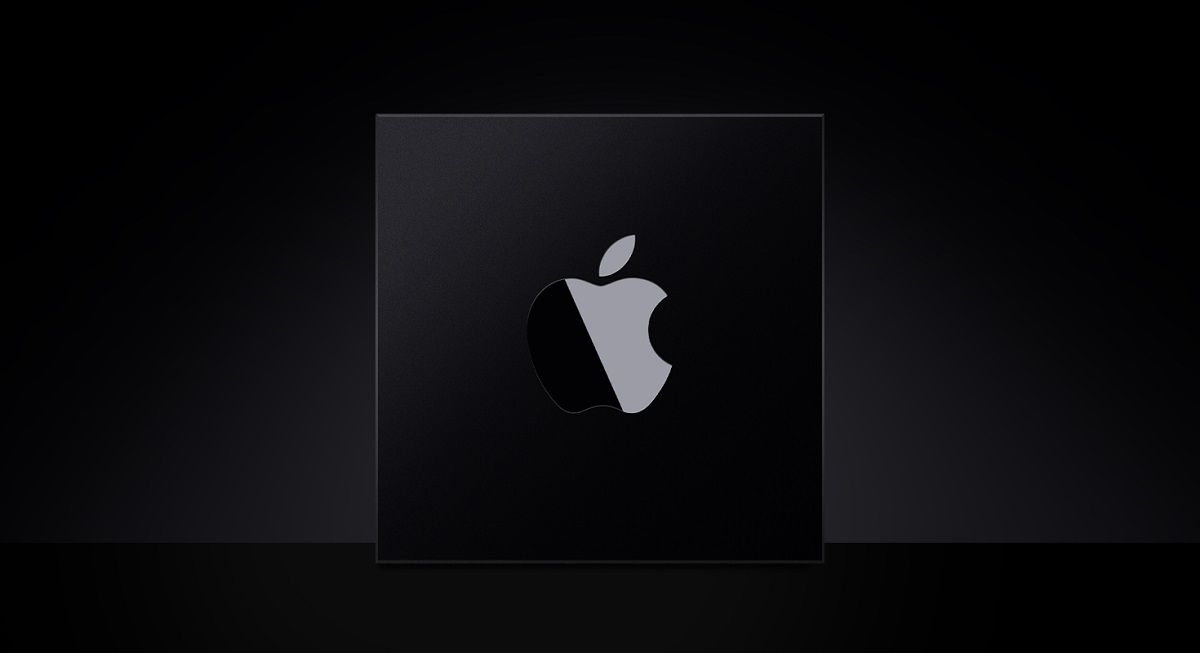As 2022 comes to a close, we're getting new information about Apple's next-generation products that are set to arrive sometime in 2023. According to a new report, one of Apple's largest partners, Taiwan Semiconductor Manufacturing Company (TSMC) will hold an event in the next few days, celebrating the start of commercial production of 3nm chips at its factory. This is important because it will be the start of the company building a new 3nm process, a technology that Apple has never relied on before.
The news comes to us from DIGITIMES Asia by way of MacRumors, and it doesn't come as a complete surprise, considering we've been hearing rumors and reports about Apple's partnership with TSMC to build a new 3nm process for quite some time. At this point, it is uncertain what kinds of devices will utilize the new chip, but there is the high likelihood that it will arrive in Apple's upcoming iPhone Pro model, which is slated to arrive sometime at the end of next year. There is also the possibility that it will arrive in some of its computing products as well.
TSMC has recently expanded in the United States, with plans to open two new factories in the state of Arizona. Towards the beginning of the month, Apple CEO Tim Cook spoke about new factories and how both companies would work together to begin producing chips in the US. The two facilities that are in Arizona will be able to manufacture 3nm and 4nm chips as well. But neither TSMC nor Apple have stated specifically what kinds of products would utilize the chips.
While Apple's current A16 Bionic processor is quite good, it was recently revealed that the company has to exclude some graphical improvements for the chip because it did not meet its standards. According to a report, Apple had plans to improve the chip's GPU, but in the end found that it drew too much power, running hotter, which was deemed unacceptable and scrapped. Hopefully, Apple won't run into similar issues for its upcoming 3nm chips, as it could be a big year for iPhones, with the reported switch to USB-C ports.
Source: DIGITIMES Asia
Via: MacRumors

